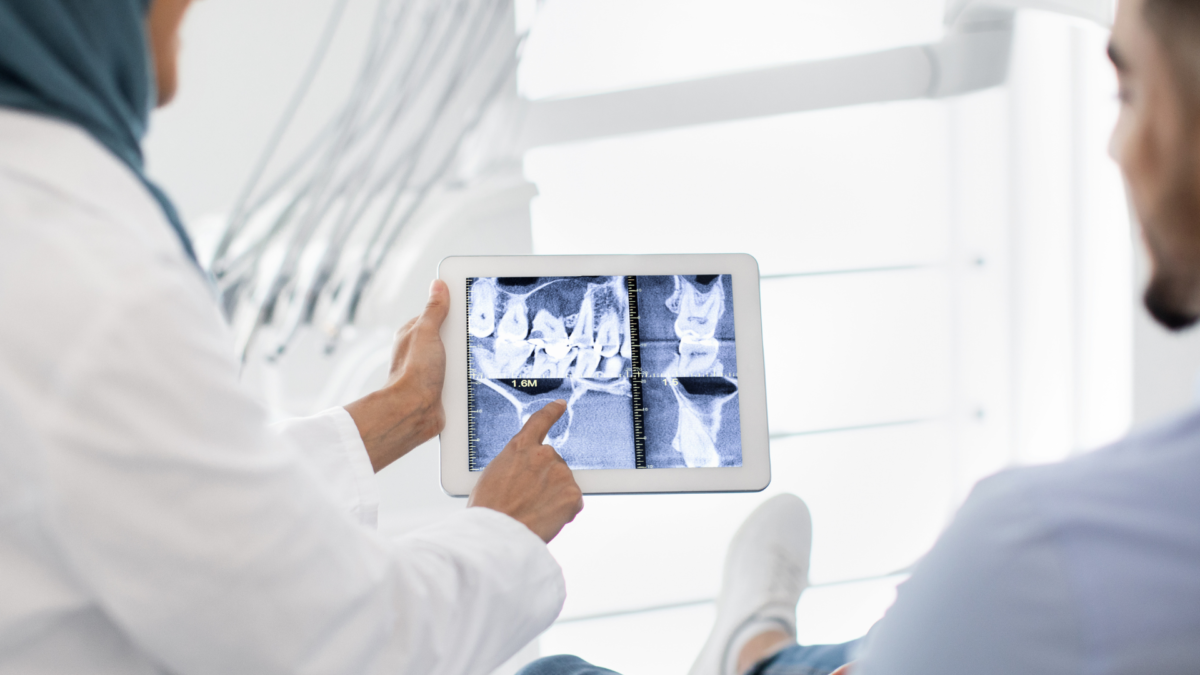
Digital dentistry is revolutionizing the way dental care is provided in India. With the integration of advanced technologies, dental practices are becoming more efficient, precise, and patient-friendly. This article explores how digital dentistry is transforming Indian dental practices and enhancing the overall dental care experience.
Digital dentistry encompasses a wide range of technologies that improve dental procedures and patient outcomes. From digital imaging and CAD/CAM systems to 3D printing and teledentistry, these advancements are reshaping the landscape of dental care in India. As dental clinics adopt these technologies, they offer more accurate diagnoses, streamlined workflows, and superior patient experiences.
Digital imaging and radiography have revolutionized the way dental conditions are diagnosed and monitored. Traditional X-rays have been largely replaced by digital X-rays, which offer several advantages. Digital X-rays produce high-quality images with lower radiation exposure. They can be easily stored, retrieved, and shared electronically, facilitating better communication between dental professionals and patients. Additionally, digital imaging allows for enhanced image manipulation, enabling dentists to detect issues with greater accuracy.
Computer-Aided Design and Computer-Aided Manufacturing (CAD/CAM) systems have significantly impacted restorative dentistry. These systems allow for the precise design and fabrication of dental restorations, such as crowns, bridges, and veneers. With CAD/CAM technology, dentists can create highly accurate restorations in a single visit, reducing the need for multiple appointments. This not only saves time but also improves patient satisfaction.
3D printing is another transformative technology in digital dentistry. It enables the production of custom dental appliances and restorations with exceptional precision. Dental models, surgical guides, aligners, and prostheses can be 3D printed, ensuring a perfect fit and optimal functionality. The use of 3D printing reduces the turnaround time for dental restorations and enhances the overall quality of care.
Intraoral scanners have replaced traditional impression-taking methods, offering a more comfortable and accurate alternative. These scanners capture detailed digital impressions of the patient’s teeth and gums, eliminating the need for messy and uncomfortable impression materials. Intraoral scanners improve patient comfort, reduce gag reflex, and provide highly accurate digital models for treatment planning and fabrication of restorations.
Teledentistry is playing a crucial role in expanding access to dental care, especially in rural and underserved areas of India. By leveraging digital communication tools, teledentistry allows dentists to provide remote consultations, diagnosis, and treatment planning. Patients can connect with dental professionals through video calls, share digital images, and receive expert advice without the need to travel long distances. Teledentistry is bridging the gap between patients and dental care, ensuring timely interventions and improving oral health outcomes.
Digital dentistry technologies offer unparalleled precision and accuracy in dental procedures. From digital impressions to CAD/CAM restorations, these technologies minimize errors and ensure optimal results. Accurate diagnostics and precise treatment planning lead to better outcomes and higher patient satisfaction.
Digital dentistry enhances the overall patient experience by making dental procedures more comfortable, efficient, and convenient. Patients benefit from reduced chair time, fewer appointments, and minimally invasive techniques. The use of digital technologies also promotes better communication between dentists and patients, fostering trust and confidence in the treatment process.
Digital dentistry streamlines the workflow in dental practices, improving efficiency and productivity. Digital records, imaging, and communication tools facilitate seamless collaboration among dental professionals. The integration of digital technologies reduces manual tasks, minimizes errors, and accelerates treatment processes, allowing dentists to focus more on patient care.
Digital dentistry tools, such as digital imaging and 3D models, enhance patient education and understanding of their dental conditions and treatment options. Dentists can visually explain diagnoses and treatment plans, making it easier for patients to make informed decisions about their oral health. Visual aids also improve patient compliance with recommended treatments and oral hygiene practices.
While digital dentistry offers numerous benefits, there are some challenges and considerations to keep in mind. The initial investment in digital equipment and technology can be substantial. Dental practices need to ensure proper training for their staff to effectively use digital tools. Additionally, maintaining data security and patient privacy is crucial when using digital communication and record-keeping systems.
Digital dentistry is transforming Indian dental practices by introducing advanced technologies that enhance precision, efficiency, and patient experience. From digital imaging and CAD/CAM systems to 3D printing and teledentistry, these innovations are revolutionizing the way dental care is provided. As more dental practices embrace digital dentistry, patients in India can expect improved oral health outcomes and a higher standard of care.
#DigitalDentistry, #IndianDentalPractices, #DentalTechnology, #CADCAM, #3DPrinting, #DigitalImaging, #PatientCare, #DentalInnovations, #India, #Dentistry